The World Bank has decreased its earlier prediction for Somalia’s economic growth in 2023 to 2.8 percent, down from the initial estimate of 3.6 percent.
In the latest Somalia Economic Update, the Bank highlights the country’s vulnerability due to heavy dependence on foreign trade and financing, limited economic variety, and susceptibility to natural disasters. Projections suggest a modest growth of 2.8 percent for 2023, revised down by 0.8 percentage points from 2022. Despite this, a gradual growth increase is expected, reaching 3.7 percent in 2024 and 3.9 percent in 2025 as economic activities gain momentum.
However, past shocks, including drought, disruptions in grain supplies, and the global pandemic, continue to impact the anticipated recovery, elevating poverty and living costs. The World Bank attributes interruptions in Somalia’s growth trajectory to recurrent climate-related crises such as droughts, floods, and locust infestations, along with higher international commodity prices, insecurity, and conflict.
Despite these challenges, Somalia remains committed to enhancing economic institutions and stability while progressing towards meeting conditions for the High Indebted Poor Countries (HIPC) Completion Point by December 2023.
Joining the East African Community (EAC) on November 23 signals a new phase for Somalia, aiming to rebuild relationships with regional and global partners after years of conflict and isolation. This membership offers Somalia an extensive coastline, fostering access to trade and the potential utilization of its blue economy resources, particularly abundant fish.
Moreover, the EAC integration promises benefits for Somalia, including access to road, rail, and energy networks, along with expanded trade opportunities with neighboring countries. The World Bank emphasizes the need for Somalia to sustain its reform agenda to ensure inclusive economic growth, especially post-HIPC relief, and avoid future debt.
Despite global challenges affecting Somalia’s economic growth in 2022, the country has maintained a resilient reform path. As Somalia strives for economic resurgence, continued reforms, peace dividends, and access to concessional borrowing after debt relief are seen as key drivers for boosting output growth in the medium term.
